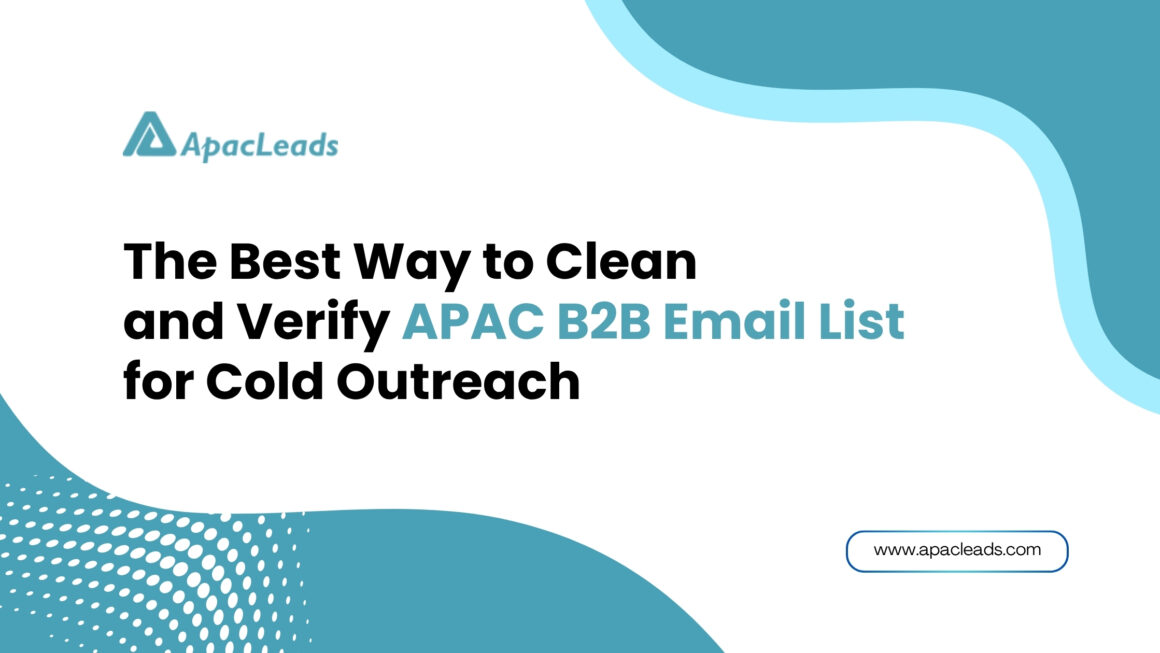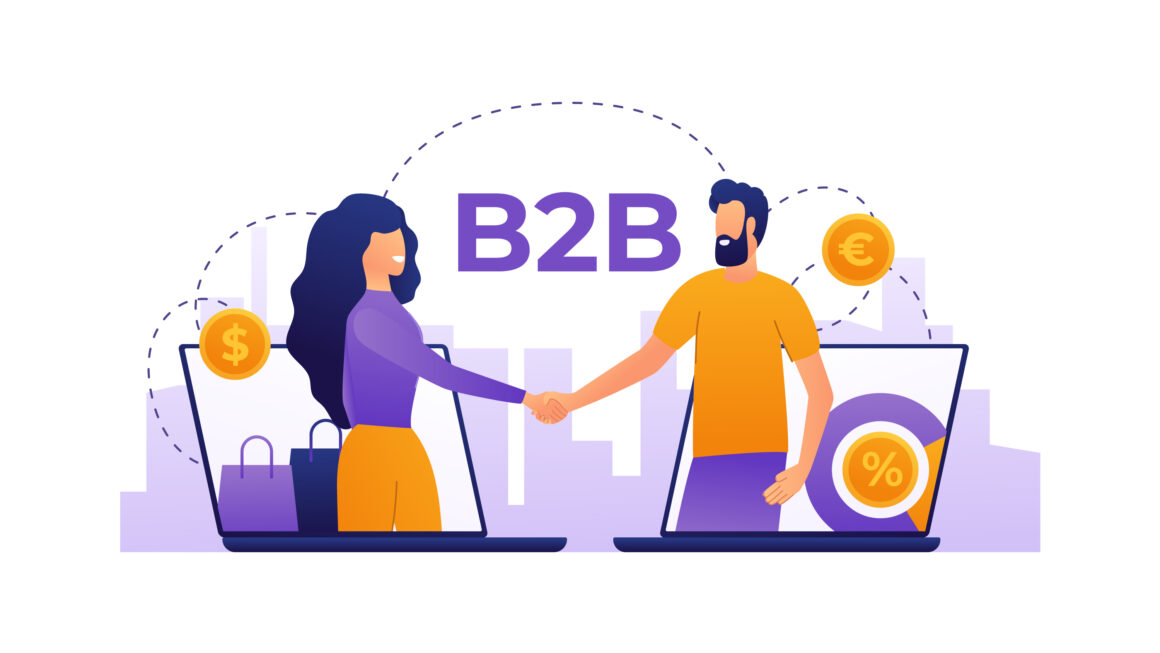In the modern B2B landscape, data is more than just a buzzword, it’s the cornerstone of strategic decision-making and scalable growth. Every interaction, transaction, and engagement generates valuable information. For businesses that know how to collect, interpret, and act on this data, the rewards are significant: improved customer targeting, smarter sales processes, more efficient operations, and better ROI from marketing efforts.
In this blog, we’ll explore how B2B businesses can harness the power of data to drive meaningful growth across every function—from acquisition to retention.
Why Data Matters
Data enables B2B organizations to move from intuition-based decision-making to insight-driven strategies. Rather than guessing what prospects want, businesses can rely on data to:
- Understand customer behavior and preferences
- Forecast market trends and shifts
- Personalize engagement at scale
- Measure performance across channels
- Reduce inefficiencies in sales and marketing
In a competitive B2B market, leveraging accurate data isn’t optional, it’s a strategic advantage. Companies that embrace data outperform their peers in customer acquisition, retention, and long-term revenue growth.
Key Data Types for B2B Growth
Not all data is created equal. For B2B businesses, the most growth-enabling data types include:
- Firmographic Data: Information about companies, such as industry, size, revenue, and location. Useful for segmentation and targeting.
- Technographic Data: Details about the technologies a company uses. Ideal for tech vendors targeting specific stacks.
- Intent Data: Behavioral signals indicating purchase interest. Helps sales and marketing teams identify ready-to-buy prospects.
- Contact Data: Verified information about decision-makers, such as name, job title, email, and phone number.
- Engagement Data: Metrics on how leads interact with your content, emails, and website.
Providers like APAC Leads help B2B businesses access reliable, segmented, and compliant data tailored to specific verticals and geographies.
Leveraging Data for Smarter Acquisition
Acquiring new customers is one of the costliest yet most critical aspects of B2B growth. By leveraging accurate data, companies can:
- Identify high-potential prospects by filtering leads based on industry, job title, or company size.
- Segment outreach campaigns to tailor messaging by audience type.
- Deploy ABM (Account-Based Marketing) strategies with personalized offers to key decision-makers.
- Prioritize leads based on firmographic and intent signals for better conversion rates.
For example, if a SaaS provider wants to target mid-sized law firms in Singapore using cloud-based software, a curated legal professionals’ email list can significantly reduce acquisition time and increase campaign ROI.
Data-Driven Sales Effectiveness
Sales teams often face the challenge of navigating large pipelines with little insight into lead quality. A data-centric approach can revolutionize their process:
- Lead Scoring: Use data points like firm size, engagement history, and intent signals to score leads based on sales readiness.
- Sales Enablement: Provide reps with up-to-date data on buyer behavior and company needs to tailor pitches effectively.
- Pipeline Forecasting: Leverage historical sales data to predict deal closure timelines and allocate resources better.
- Cross-Selling/Upselling: Analyze current customer data to identify additional needs and offer relevant solutions.
By aligning sales efforts with real-time data, B2B businesses can shorten sales cycles and increase conversion efficiency.
Optimizing Marketing with Data
Marketing success depends on relevance, timing, and targeting—three areas where data plays a crucial role. Here’s how marketers can use data to fuel performance:
- Segmentation: Group audiences by demographics, behaviors, or purchase history for tailored messaging.
- Personalization: Use past interactions and firmographics to create highly relevant content and campaigns.
- Performance Tracking: Monitor click-through rates, conversions, and engagement to optimize strategy.
- Multi-Channel Insights: Understand which channels (email, social, webinars) deliver the best results.
Marketing automation tools, when combined with clean, segmented data from sources like APAC Leads, ensure that your campaigns land with the right audience at the right time.
Data for Product & Operations
Beyond sales and marketing, data also enhances product development and operational efficiency:
- Customer Feedback Analysis: Gather and analyze feedback to guide feature improvements or service updates.
- Usage Metrics: Identify how customers are using your product to find opportunities for upgrades or training.
- Churn Prediction: Use behavior patterns to identify at-risk clients and take proactive retention steps.
- Resource Allocation: Optimize budgets, workforce, and inventory based on historical trends and future forecasts.
Operational teams can integrate data into decision-making to reduce costs, improve customer satisfaction, and streamline workflows.
Building a Data-Focused Culture
For data to truly drive growth, it must become part of your company’s culture. This means:
- Training teams on how to read, interpret, and act on data insights.
- Investing in the right tools for data collection, enrichment, and visualization.
- Establishing governance to ensure data quality, privacy, and compliance.
- Encouraging collaboration between departments to share insights and align strategies.
A company-wide commitment to data-driven thinking sets the foundation for smarter decisions at every level.
Measuring Data’s Impact on Growth
It’s not enough to use data—you must also measure its effectiveness. Key performance indicators (KPIs) include:
- Customer Acquisition Cost (CAC): Is data helping lower acquisition costs?
- Lead-to-Customer Conversion Rate: Are more leads converting thanks to better targeting?
- Customer Lifetime Value (CLV): Are personalized campaigns increasing loyalty and revenue?
- Sales Cycle Length: Is better data accelerating deal closures?
- Marketing ROI: Are campaigns delivering more value with less spend?
Continual measurement and iteration ensure that your data strategy is aligned with growth goals.
The Future of B2B Data
As technologies like AI, machine learning, and predictive analytics evolve, the role of data in B2B growth will only intensify. Expect trends such as:
- Hyper-Personalization: Real-time customization of experiences and offers.
- Predictive Lead Scoring: Using AI to anticipate which leads are most likely to convert.
- Privacy & Compliance: Increasing importance of GDPR, CCPA, and local data regulations.
Future-ready B2B organizations will treat data not just as a tool, but as a competitive asset.
Conclusion: Fueling B2B Growth with Data
In today’s dynamic market, leveraging data is no longer optional—it’s essential. From finding ideal customers and shortening sales cycles to enhancing marketing strategies and refining products, data sits at the heart of B2B growth.
To truly thrive, businesses need access to high-quality, segmented, and actionable data. That’s where a trusted data provider like APAC Leads comes in which offering targeted B2B email lists and data services tailored to your market.
Start using data not just to inform decisions but to drive them. Your next stage of growth depends on it.



